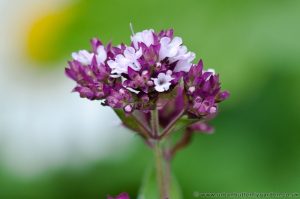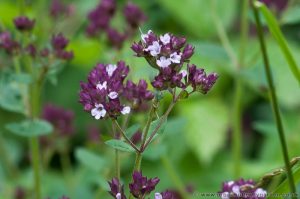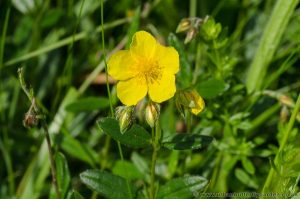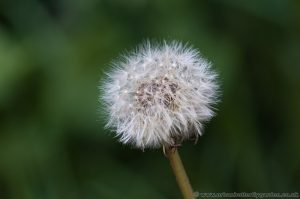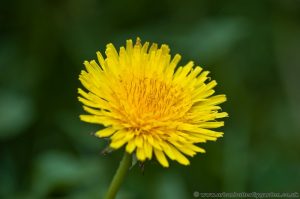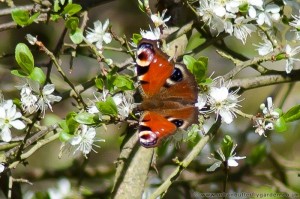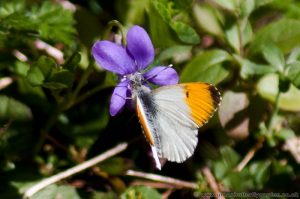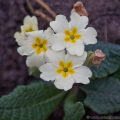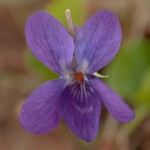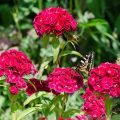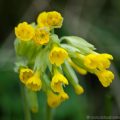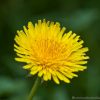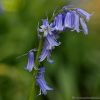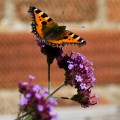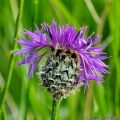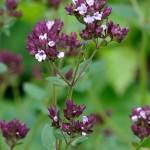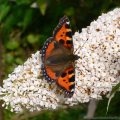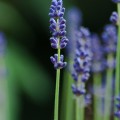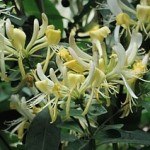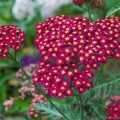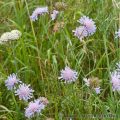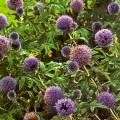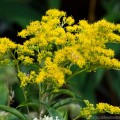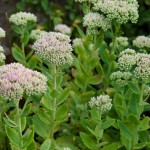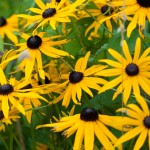about
Wild Marjoram or Oregano is an attractive aromatic herb, with clusters of purple/pink flowers that appear June to September. The leaves are oval shaped and in pairs on upright stems they can grow up to 40 cm high.
Wild Marjoram (Origarnum vulgare) may be found growing in meadows, along woodland rides, roadside verges and other sunny places mainly on dry calcareous soils in Southern Britain.
Planting Marjoram
Planting Wild Marjoram can make a great addition to any Wildflower or Butterfly Garden, the nectar rich blooms are attractive to many species of Butterfly, as well as Moths, Bees, Hoverflies and many other pollinating insects.
It is also a Caterpillar food plant for the rare British butterfly the Large Blue
Plant Information
- Name: Wild Marjoram (Origarnum vulgare)
- Family: Lamiaceae, inc Mint, Deadnettle
- Type: Perennial
- Also Known As: Oregano, Pot Marjoram
- Where: Common and widespread through-out Southern Britain.
- Habitat: Often found in – Meadows, woodland rides, Roadside verges and Gardens.
- When does it flower? June to September.
- Height around: 40cm.
- Nectar Plant: Small White (Pieris rapae), Common Blue, Gatekeeper, Ringlet, Meadow Brown, White-letter Hairstreak (Satyrium w-album), Brown Argus, Large Skipper, Small Skipper, and others, plus Moths and Bees
- Caterpillar Food Plant: Large Blue Butterfly (Maculinea arion), Mint Moth (Pyrausta aurata)
- Photographed: 1st July 2012

